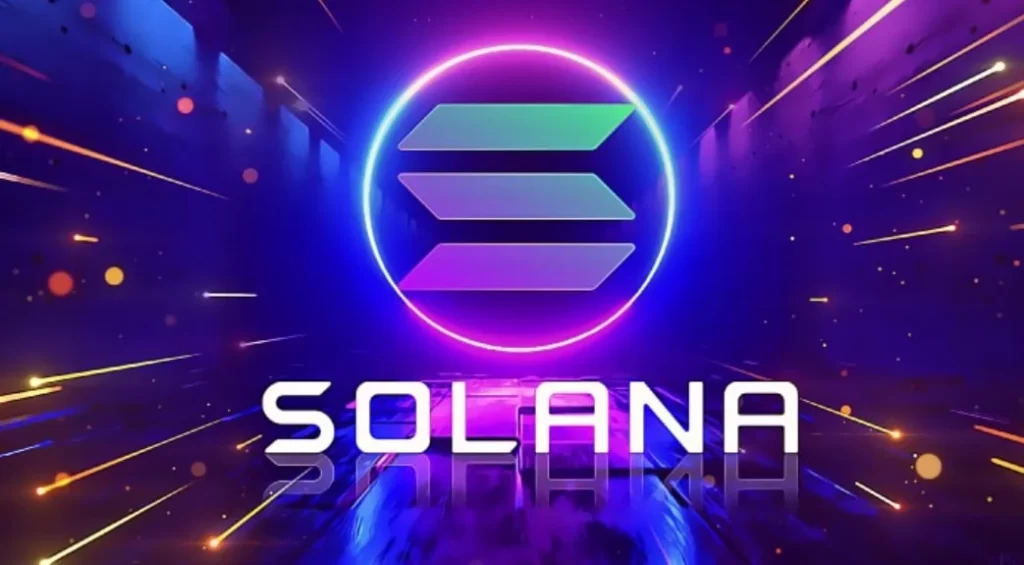Solana Labs’ co-founder Anatoly Yakovenko suggests using Ethereum as a layer-2 protocol for the Solana blockchain. This idea would combine the strengths of two leading platforms and create new opportunities for the DeFi ecosystem.

Yakovenko believes Ethereum has untapped potential as an L2 protocol for Solana beyond its initial role as a smart contract platform.
He points out that one-way security L2 bridge protocols already allow SOL assets on Ethereum to interact with the Solana blockchain securely and recover their assets in case of any issues on Ethereum, such as double spending or incorrect state changes.
However, to make Ethereum fully compatible with Solana as an L2 protocol, Yakovenko suggests that three essential features need to be added:
All Ethereum transactions must be published to the SOL blockchain to ensure interoperability. This way, the Solana network can access all the relevant transaction information from Ethereum.
An SPV (Simplicity Payment Verification) Route needs to be provided, which consists of an Ethereum consensus signature aligned to a specific State Route. This ensures that Ethereum’s validators agree on the state of the network.
A bridge timeout mechanism needs to be implemented, which detects and corrects errors in the bridge protocol.
Errors can occur when there are multiple SPVs for the same route, wrong route calculations, or censorship. The timeout system is a quick way to identify and resolve errors.
By implementing these features, Yakovenko argues that Solana can leverage Ethereum’s capabilities as an L2 solution and benefit from its security and interoperability.
Pros and Cons of Using Ethereum as an L2 Protocol
Using Ethereum as an L2 protocol for Solana could bring several benefits for both platforms and the DeFi ecosystem. Some of these benefits are:
- Enhanced security: Using Ethereum as an L2 protocol, Solana can secure its assets on a more decentralized and robust network, reducing the risk of attacks or failures.
- Increased interoperability: By publishing all Ethereum transactions to the SOL blockchain, Solana can access a wider range of DeFi applications and services on Ethereum and vice versa.
- More innovation: By combining the strengths of both platforms, such as Solana’s speed and scalability and Ethereum’s smart contract functionality and network effects, new possibilities for DeFi innovation could emerge.
However, there are also some risks and challenges involved in using Ethereum as an L2 protocol for Solana. Some of these are:
- Technical complexity: Implementing the required features to make Ethereum fully compatible with Solana as an L2 protocol could be technically challenging and require coordination among different stakeholders.
- User education: Users need to be aware of how to use Ethereum as an L2 protocol for Solana safely and effectively and avoid actions that could jeopardize their assets, such as leasing or speculating with them.
- Regulatory uncertainty: Using Ethereum as an L2 protocol for Solana could raise legal and compliance issues, especially in jurisdictions with strict rules on cross-chain transactions or asset custody.
Anatoly Yakovenko’s proposal to use Ethereum as an L2 protocol for Solana has sparked a lively debate in the crypto community. Using Ethereum’s potential as a layer-2 solution, Solana could gain significant advantages in terms of asset security and interoperability.
While this concept offers a viable solution for securitizing Solana assets on Ethereum, being aware of certain caveats and risks is crucial. Yakovenko emphasizes the safety of retaining assets on Ethereum but advises against leasing or speculative actions with these assets.
Anatoly Yakovenko’s proposal regarding Ethereum’s potential as an L2 protocol for Solana has ignited a spirited discourse within the crypto community.
By leveraging Ethereum’s capabilities as a layer-2 solution, Solana stands to benefit significantly in terms of asset security and interoperability.
